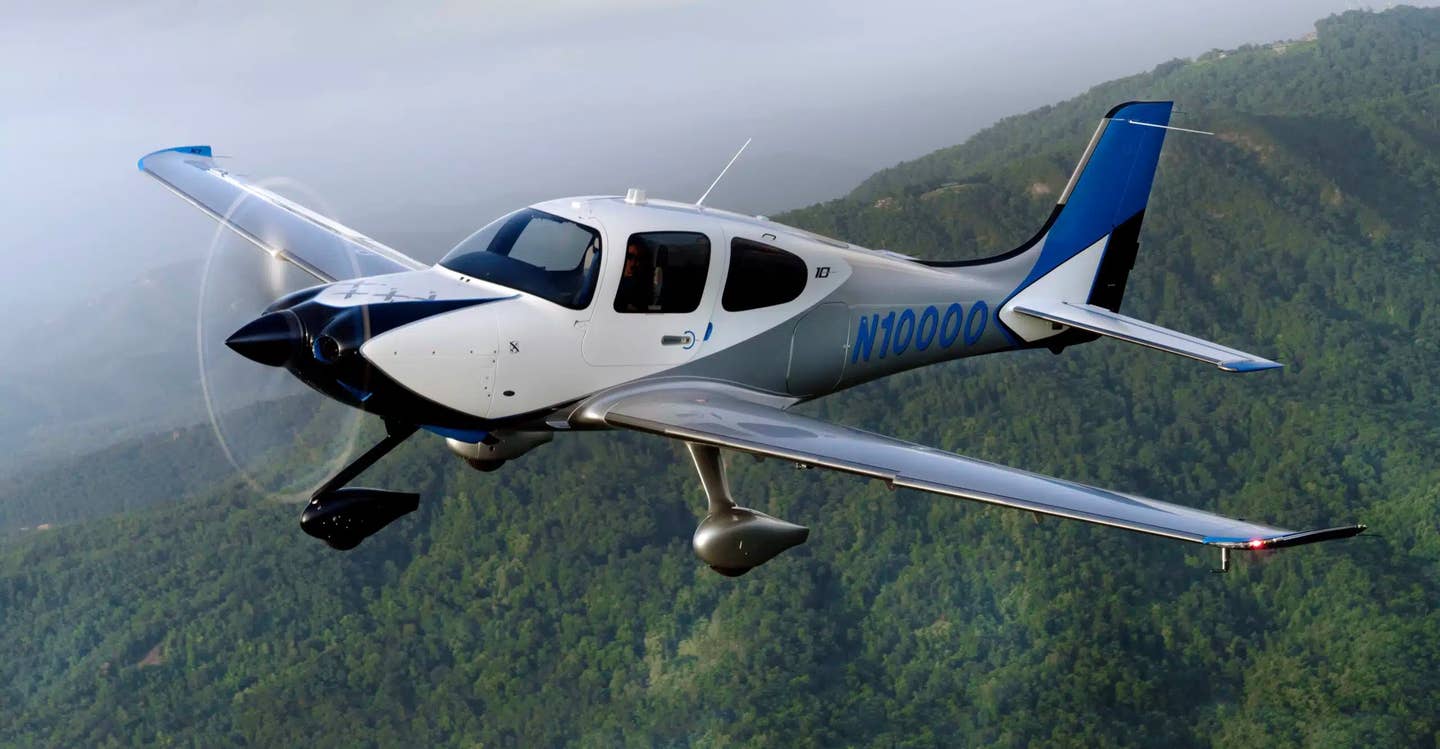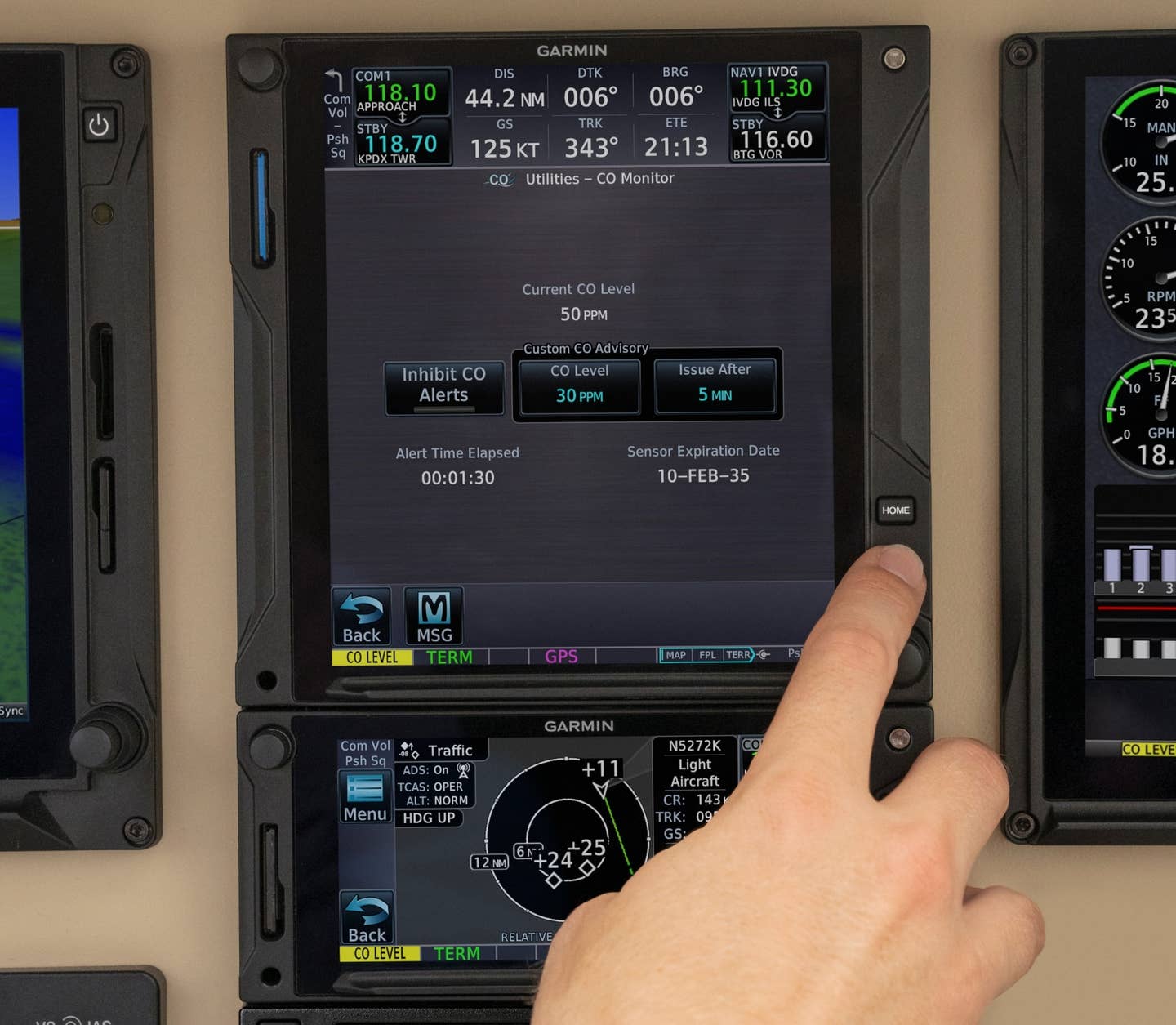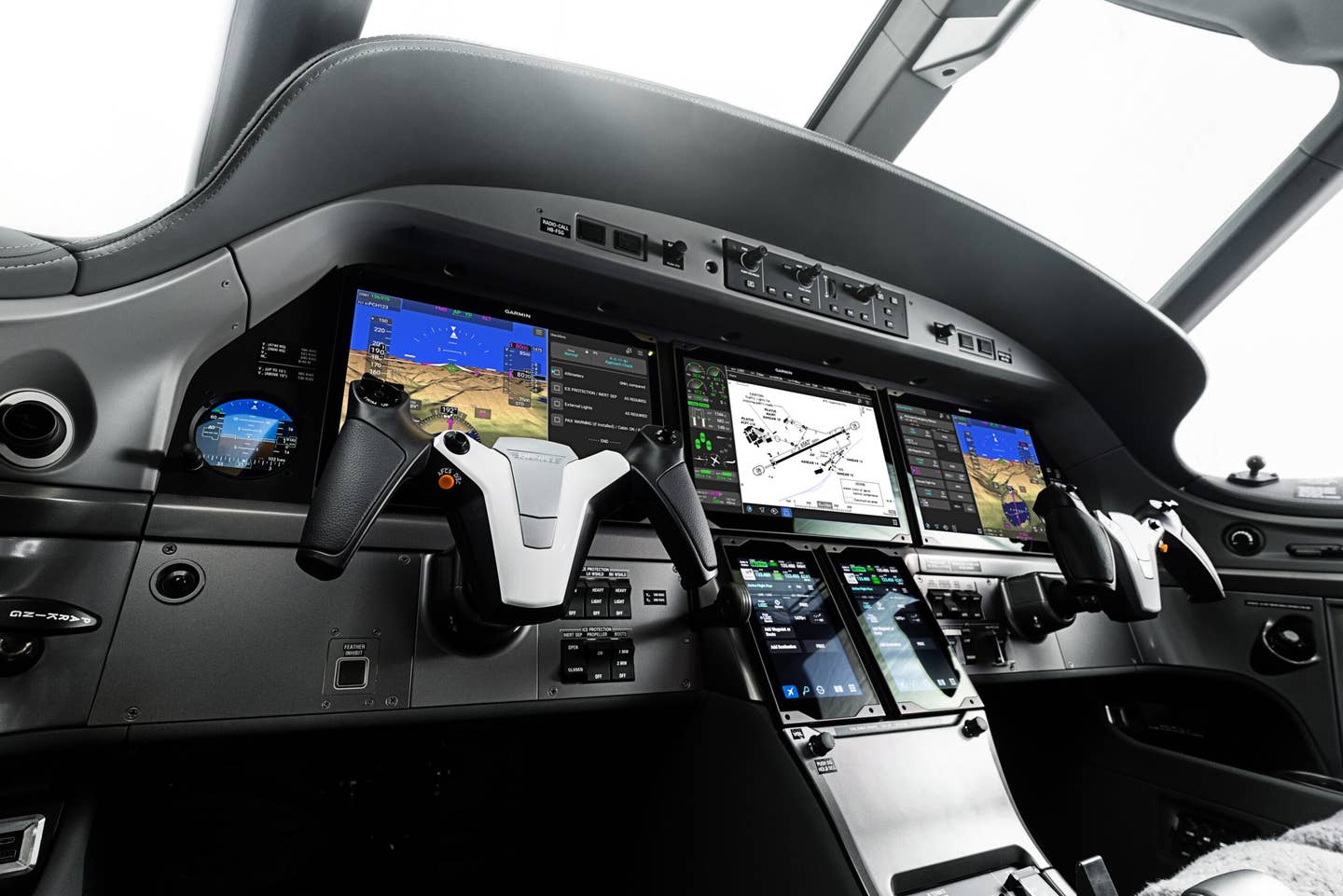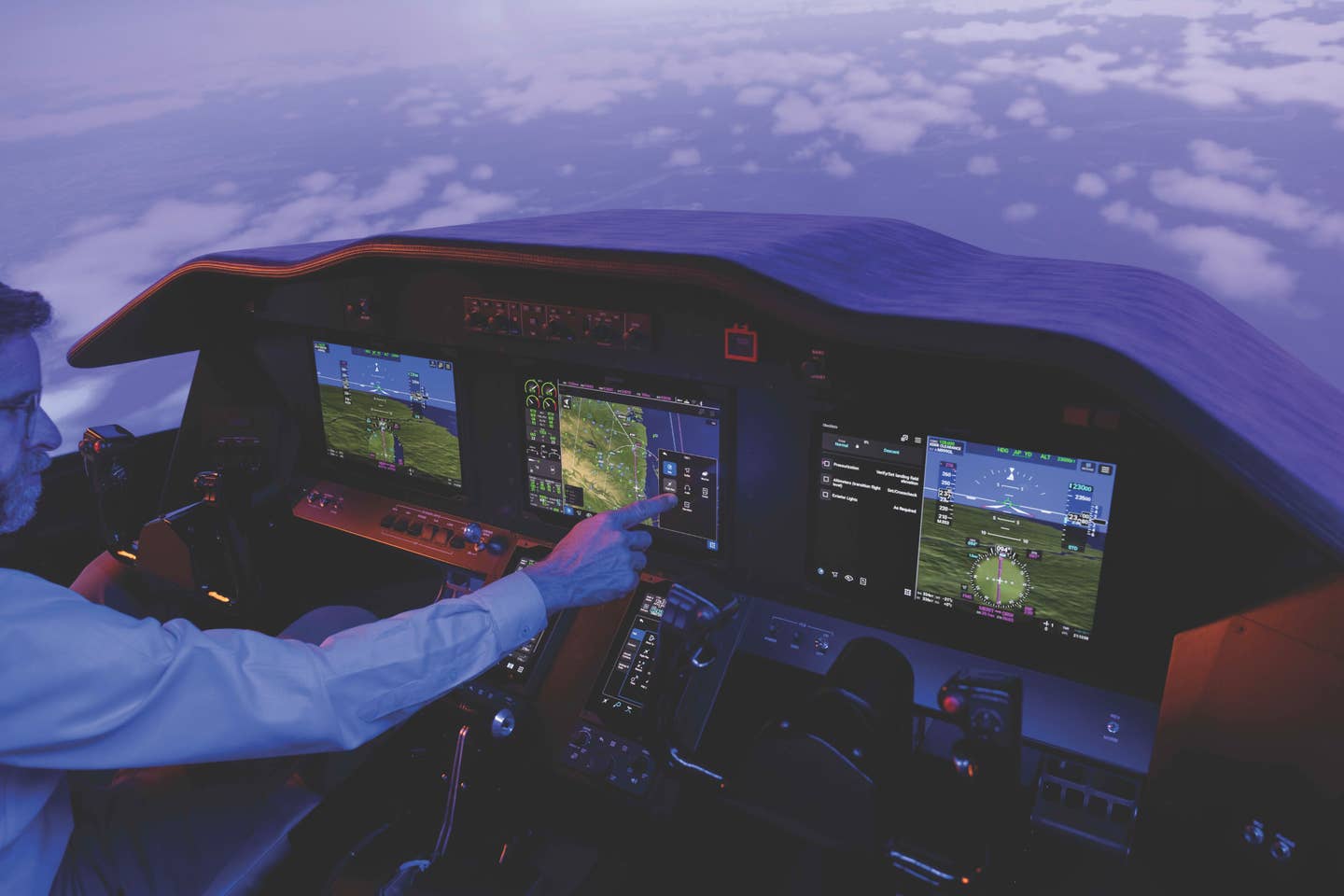ADS-B: Is Big Brother Really Watching?
The NextGen air traffic control system has been a long time coming.
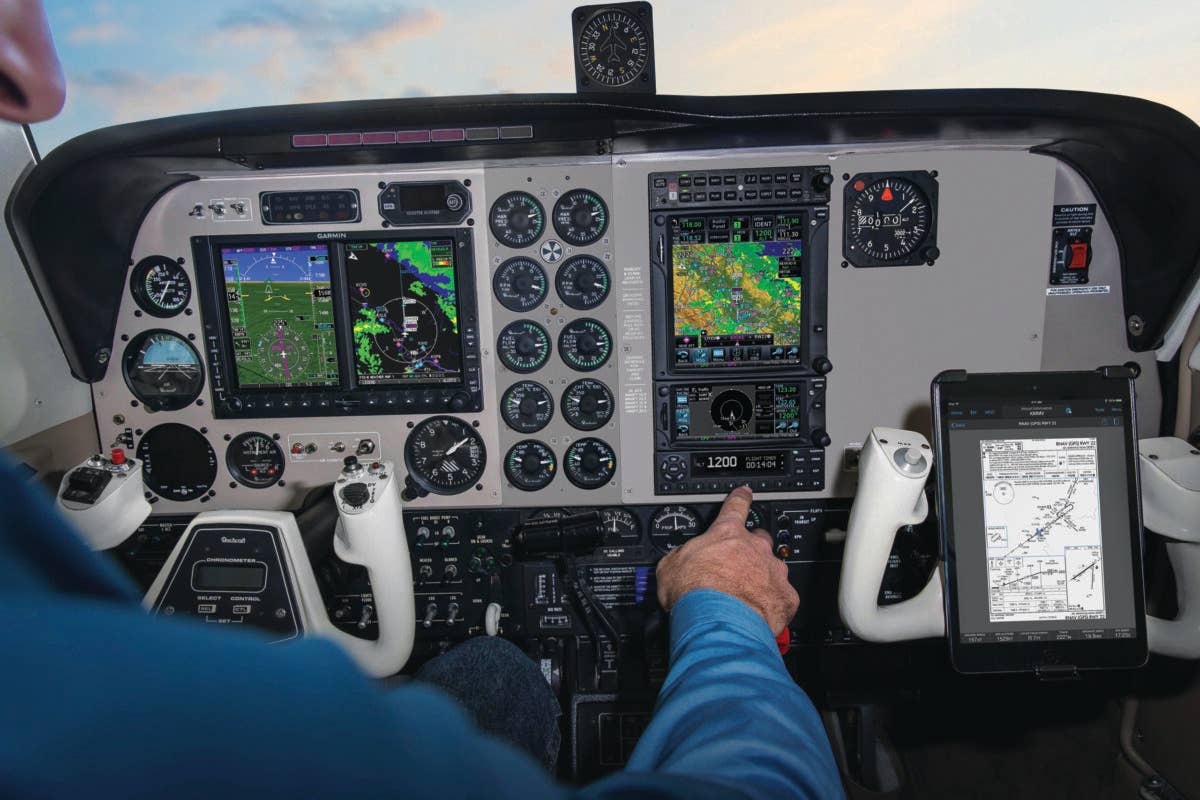
One option for aircraft owners who were looking to meet the FAA’s 2020 deadline for ADS-B Out was Garmin’s GTX 345. The mode S extended squitter transponder features dual-link ADS-B and pairs with a range of different displays, including certain G1000 panels, to deliver traffic and weather in the cockpit. [Courtesy: Garmin]
In anticipation of the FAA 2020 compliance with the automatic dependent surveillance-broadcast (ADS-B) mandate, many of us cringed. Aside from the money involved, the fact that the FAA would not only be able to track us but would be able to attach our N-numbers to our home addresses, whether or not radar contact and communication was established in any given airspace, led to paranoia.
Is the paranoia justified? Well, yes and no.
The NextGen air traffic control system has been a long time coming. Satellite and ground-based signals are now supplemented by traditional radar for positive identification of aircraft both on the controller’s scope and in the cockpit. The ADS-B-IN-equipped airplanes are able to identify other airplanes, determine other airplane tracks, and determine relative altitudes. In addition, depending on the cockpit equipment operated, the ability to obtain weather data in the form of meteorological aerodrome reports (METARs), terminal aerodrome forecasts (TAFs), and graphical weather radar is available.
At the Aircraft Electronics Association (AEA) convention in Orlando this past week, I was made aware of a really cool application for ADS-B. It’s a procedure that’s still in the test phase, currently being conducted in Albuquerque Center airspace for arrivals into Phoenix Sky Harbor International Airport (KPHX) using the participation of American Airlines’ A321 fleet. As a matter of fact, the initial ADS-B test phases began in 2009 with US Air A330s (now American Airlines) operating out of Philadelphia International Airport (KPHL).
With pilots utilizing cockpit display traffic information (CDTI) equipment, the procedure applies ADS-B information for use in CDTI visual-assisted separation (CVAS), and CDTI-assisted separation on approach (CAS-A). Essentially, the procedure allows pilots to maintain separation from the airplane they are instructed to follow through the use of a CDTI display.
The CVAS procedure requires crews to acquire visual contact with the traffic ahead prior to utilizing CDTI where the CAS-A procedure does not. Although the arrival weather can be conducted in IMC (instrument meteorological conditions), the airport must be in the VFR category.
In addition to the two procedures above, initial-interval management (I-IM) is being tested for use in the en route phase of flight, whereupon controllers issue an assigned spacing goal (ASG) in the form of seconds or miles. Most modern-day airliner automation can easily handle the ASG task.
All of these procedures will add efficiency to our National Airspace System (NAS) and should be a relatively easy transition for my colleagues. Initially, airline pilots utilized the information provided on CDTI displays when traffic information was only provided by Mode-S transponders. It instantly became a situational awareness tool, oftentimes allowing us to anticipate ATC’s next move. Until the testing phases become a bona fide procedure, only qualified crews are allowed to conduct CVAS, CAS-A, and I-IM operations.
On the other side of the coin, ADS-B can certainly become an uninvited guest. The FAA employs an inside team of experts that follow and analyze a performance monitor that can retrieve data over a 720-day time period. Representatives of this team were speakers at the AEA convention. With the accuracy of ADS-B data an extremely important safety goal for our NAS, it is incumbent upon operators and avionics installers to ensure equipment is functioning properly.
If, through the performance monitor, a particular ADS-B unit is found to transmit consistently inaccurate information, providing false or misleading data to ATC, it is placed on the No Services Aircraft List (NSAL). Once placed on NSAL status, that equipment will not be provided TIS-B/ADS-R services. In a nutshell, no traffic information will be available for that particular aircraft.
Letter of Finding
What does that mean for us owner/operators of general aviation airplanes?
If we receive an FAA Letter of Finding (LOF), a response within 45 days is required. And if an owner/operator is contacted and the agreed upon corrective action for the ADS-B equipment isn’t taken, enforcement action is possible. For the moment, notification via a LOF has been the only action. Bottom line: a malfunctioning ADS-B is dangerous, in some cases indicating to the controller that your position is elsewhere. If your equipment reaches NSAL status, fix it.
Fortunately, the latest data from last year indicate 160,000-plus airplanes are equipped with normal functioning ADS-B units. Approximately 7,600 units—or 5 percent—have issues.
Yes, Big Brother is watching, but only if your equipment is not behaving…or just maybe if you’re not behaving.

Sign-up for newsletters & special offers!
Get the latest FLYING stories & special offers delivered directly to your inbox

